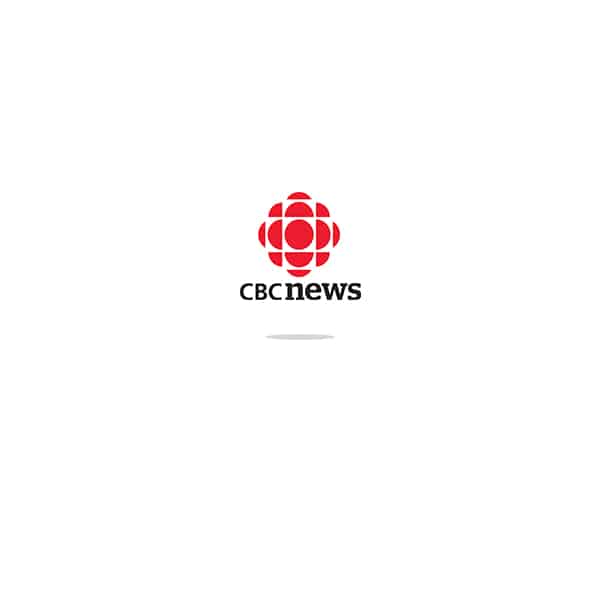
CEO Michael Mayes was quoted in this CBC article about the recent influx of American-based companies looking north to help the Canadian medical marijuana industry as the federal government brings in new rules. Mayes said that about half of his business now comes from Canada. He said that they come for agriculture advice and grow-room optimization, and demand is increasing exponentially.
The huge increase in demand is due to the opening of the Canadian free market. Starting April 1, 2014, the only legal source to obtain marijuana will be through producers approved by Health Canada. Licensed medical marijuana users will no longer be able to grown their own cannabis, and the previous sole supplier, Prairie Plant Systems, will become one of many.
Since the medical marijuana program began in 2001, the industry has grown from 500 to 37,000, with a forecasted number of users at 450,000 by 2024. This rapid growth led to the overhaul of the program, citing “unintended consequences” and “abuse” by Health Canada.
The new program will allow for better quality cannabis and more variety on shelves. In addition, the cost is likely to go down. Health Canada will maintain strict safety and security requirements, making this a very tightly-regulated ‘free market.’
Safety and security requirements begin with proper licensing. Prairie Plant Systems and its subsidiary, CanniMed Ltd., were awarded the first two licenses for producing and supplying cannabis, respectively. More than 200 applications have since been submitted.
Despite having more options, however, patients will be required to select one dealer – the term used for a dispensary in Canada – at a time. Healthcare practitioners will determine the daily dose for patients, with a maximum possession of 150 grams in no more than 30 gram containers. However, anything that is not dried marijuana flowers or approved pesticide residue cannot be sold. There will be no legalized pills or measured doses of marijuana. Producers must have their cannabis tested, must include the THC/CBD ratios on the label, and must report any adverse reactions to their products.
Individuals seeking to become licensed medical marijuana users can apply one of two ways: by applying directly to Health Canada under the Marihuana Medical Access Regulations, or by submitting a doctor a single form, completed by a doctor, a licensed producer once they become established. After April 1, Health Canada will remove itself from the equation completely and medical cannabis will be between a doctor, patient and grower.
One interesting point to note about the new law is the inclusion of import/export rules with appropriate permits. While these will likely not often be granted, the rules have opened up new ground for companies outside Canadian borders. In addition, producers are allowed to ship cannabis to dealers, producers, or directly to patients.
US companies looking to get a piece of this potential billion-dollar industry need to focus on the rules and regulations of the Canadian market. Rules may differ by province, and local laws such as building codes will need to be thoroughly researched. In addition, prepare for a different approach from Canadian businesspeople, including a longer decision-making process and a more professional demeanor.








